Main roads
Planning, geometric design, and implementation of high-standard high-traffic routes to facilitate safe and fast vehicle traffic on suburban and international routes.
Iran Zanjan, Shaheed Mohammad Heydari St., 5th West Corner, No. 70/1, Arman Building

Roads are the lifeblood of national development and play a direct role in connecting regions, reducing transportation costs, and facilitating the flow of goods and passengers. Arman Banaei Eshraq Engineering Company, relying on its executive experience, technical expertise, and complete familiarity with current standards and requirements, provides comprehensive services in the field of road construction. These services cover all stages of design, supervision, implementation, and maintenance of all types of roads and are always carried out with a safe, economical, and sustainable approach.
Structures are exposed to erosion, changes in use, and natural hazards such as earthquakes throughout their lifespan. Retrofitting is a specialized process that aims to increase the safety, performance, and durability of a structure. At Arman Bana Eshraq, we provide comprehensive and accurate services in the field of retrofitting, utilizing the expertise of experienced engineers, up-to-date technical knowledge, and advanced analytical tools. From initial assessment and analysis to design, preparation of executive details, and supervision of project implementation, we accompany and support employers on the path to improving the safety of existing structures.
Planning, geometric design, and implementation of high-standard high-traffic routes to facilitate safe and fast vehicle traffic on suburban and international routes.
Design and construction of multi-lane routes without at-grade intersections to increase traffic capacity, reduce travel time, and improve safety on busy networks.
Design and implementation of road side structures to cross natural and human obstacles, while complying with structural, geotechnical and safe operation requirements in various conditions.
Increasing the useful life and performance of existing roads through geometric modification, improving infrastructure, strengthening pavement, and improving their service level.
Continuous maintenance, repairs, and operational operations on roads to maintain the safety, usability, and readiness of infrastructure throughout all seasons.
Design and implement multi-level crossing intersections to eliminate traffic collisions, reduce transportation bottlenecks, and improve traffic safety.
Designing roads along with ancillary structures and facilities such as aid stations, rest areas, traffic police stations, and other facilities required for operation.
Scientific and engineering identification of high-risk areas, analysis of accident causes, and provision of corrective solutions to increase road user safety and reduce traffic accidents.
The geometric design of roads is not limited to determining the route and width of the lanes; it encompasses a set of technical and human considerations that directly affect safety, traffic flow, and structural durability. Elements such as the radius of curves, longitudinal gradient, sight distance, and the combination of transverse gradients are all designed with the aim of minimizing human error and enhancing the driving experience. A deep understanding of geometric design principles is the key to building roads that are not only standard, but also sustainable and efficient.
Identifying and analyzing hotspots is one of the most effective tools for improving road safety. The process begins with examining historical crash data, physical road conditions, driver behavior, and potential design or signage deficiencies. Then, with the help of statistical and traffic engineering models, solutions are proposed, such as improving lighting, geometric correction, installing smart signs, or constructing grade-separated intersections. These analyses help us take preventive action before an accident occurs.
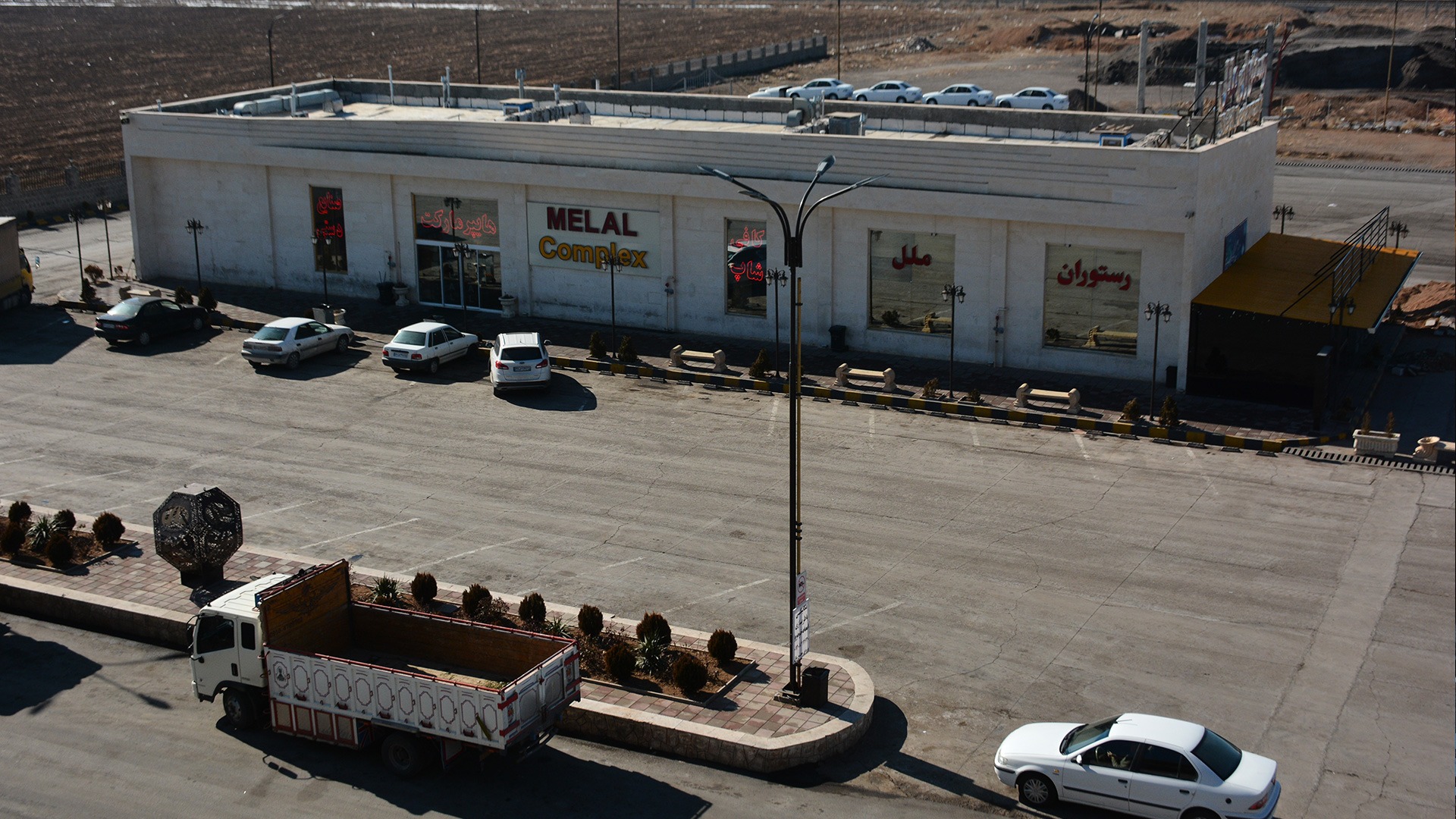

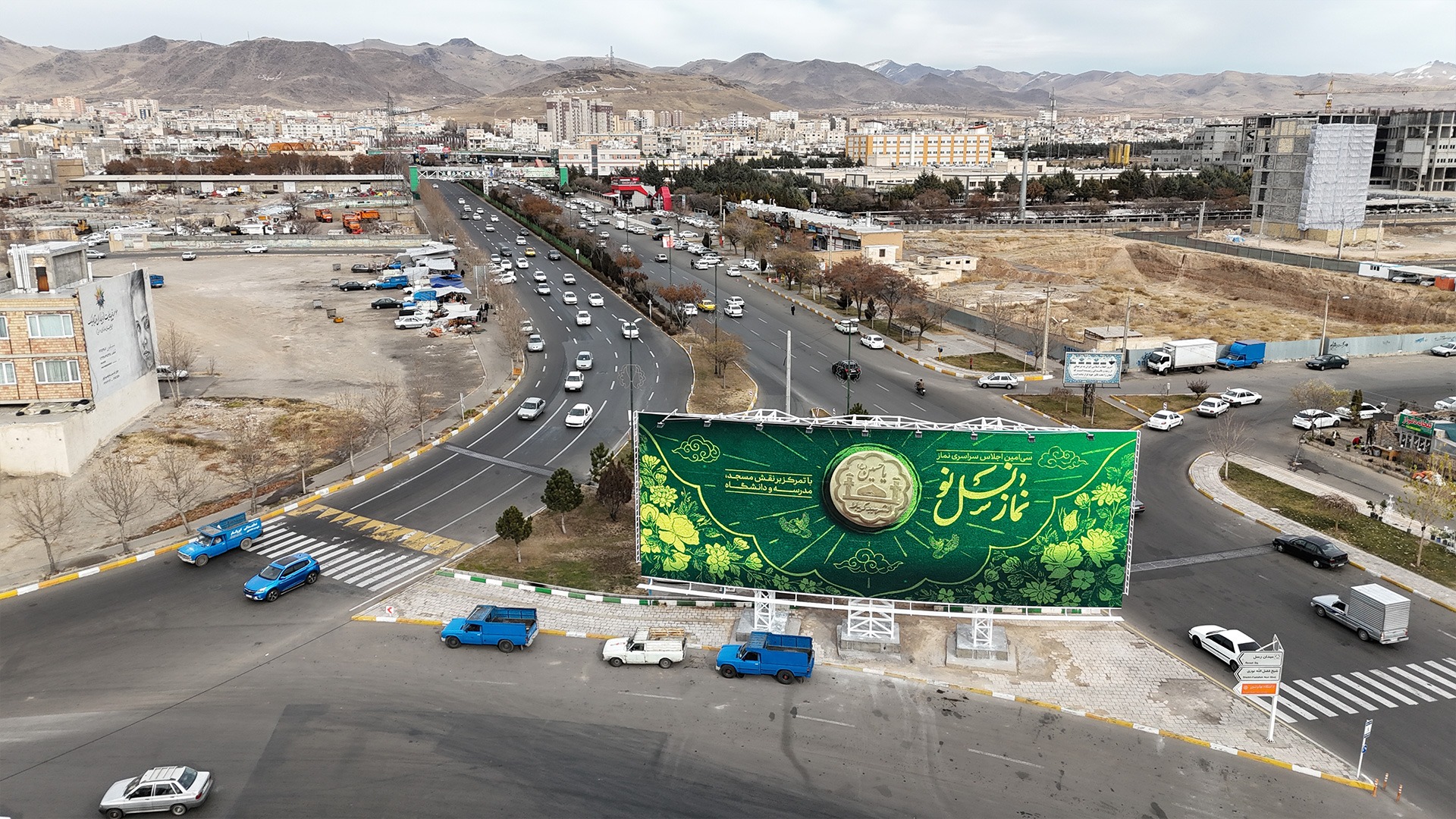
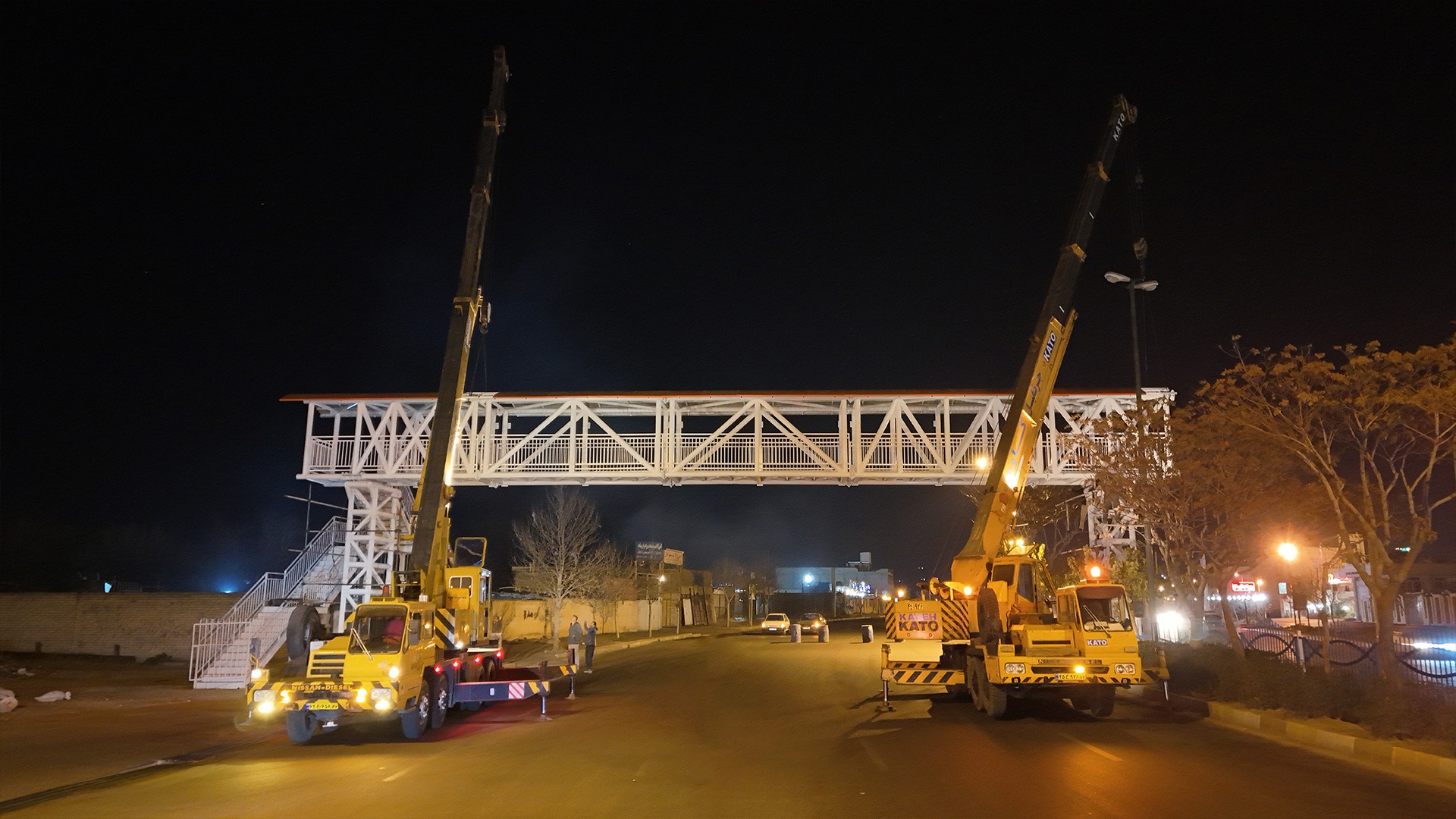
All designs are carried out based on the latest edition of valid regulations and guidelines to ensure the safety, durability, and efficiency of the roads.
From rural roads to high-traffic freeways, all levels of road construction projects are carried out with a specialized approach tailored to the needs of the region.
تخصص در طراحی و ساخت پلها، تونلها، زیرگذرها و تقاطعهای غیرهمسطح بهعنوان اجزای کلیدی و فنی در شبکههای حملونقل جادهای.
Analysis of accident-prone areas, geometric correction, and preventive measures to improve user safety are top priorities in all projects.
The type of road is determined by the amount of traffic, the use of the area, its communication role in the transportation network, as well as regional development requirements. Each type of road has specific design criteria, width, type of pavement, and safety equipment.
Freeways are fully controlled-access roads, meaning they are accessible only through designated entrances and exits and do not have at-grade intersections. Highways are usually multi-lane but may have uncontrolled access or semi-at-grade intersections. Both types are designed for heavy traffic, but freeways have higher safety levels and speed limits.
Road improvement involves improving the technical, geometric, or structural conditions of existing roads. This action is performed when the road needs to be modified or upgraded due to the passage of time, increased traffic, or changing standards; such as replacing the pavement, correcting slopes, or strengthening the roadbed.
Road construction is dedicated to the initial construction of roads, while road maintenance includes maintenance operations, preventive repairs, minor repairs, and seasonal services such as snow removal, marking, and installation of safety signs to ensure that roads remain in good operating condition.
Identification of accident hotspots is done through statistical analysis of accident data, field visits, and examination of the geometric and technical characteristics of the route. Once identified, corrective measures are taken, including improving lighting, installing warning signs, modifying the route, constructing grade-separated intersections, or installing engineered speed bumps.
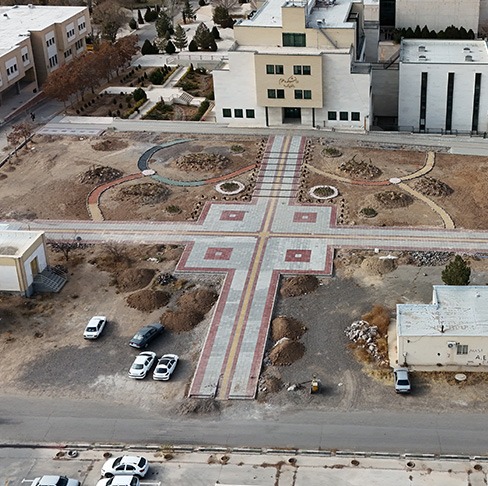
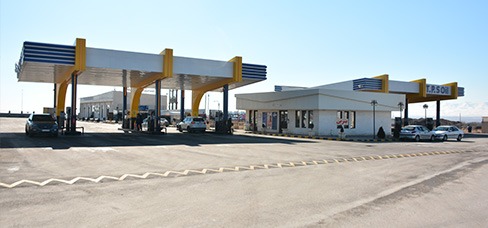
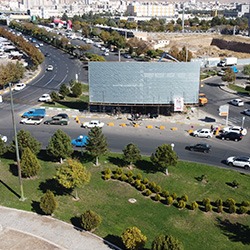
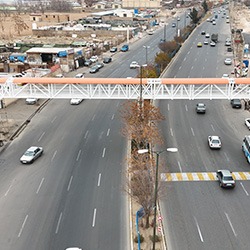
©2025, Arman Banaei Eshraq. All rights reserved.